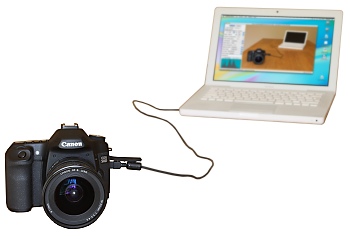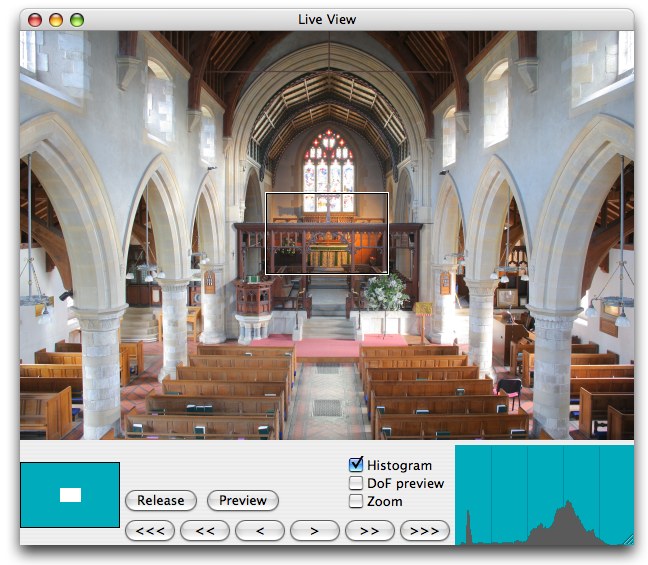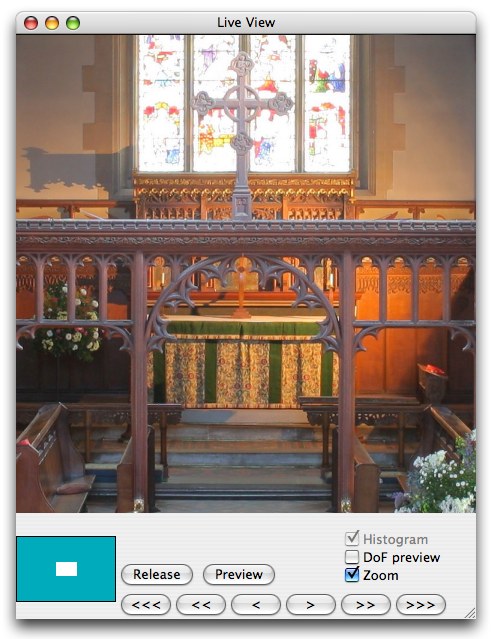Asher Kelman
OPF Owner/Editor-in-Chief

Breeze Systems
I have realized that in my endeavor to get more predictable images of my stage shots, (poor high contrast and specular light) and my studio, (diffuse, soft, shaped and planned light for portraits of musicians), I am considering shooting tethered. Like this, so I can see the grain in the details of the image and the quality of highlights. Breeze Systems has a program for both PC and Macs.

Breeze Systems: Tethered Shooting with Canon "Live View"

Breeze Systems: Tethered Shooting with Canon "Live View": Zoomed area
I'm not sure if this gets to be 100% or not in the zoom. I've no experience as yet with the Breeze utility or any other remote shooting software. Still, Breeze seems to be well thought out and comprehensive. What does it offer more than the Eos Utility itself? My needs are to see the image as fast as possible to be able to judge the highlight colors and detail. I want to make corrections in my shooting settings, especially ISO and -EV, to get the lowest noise and still recover the highlights. (I have read that using Eos Utility run on Windows XP is the fastest way to get images to the Mac Intel computer via USB-2.)
So is Eos Utility, (which knows all the inner Canon secrets) (combined with Bridge or Lightroom) the best for my purposes, something else, or would one better use Breeze Pro?
Thanks for your input,
Asher

